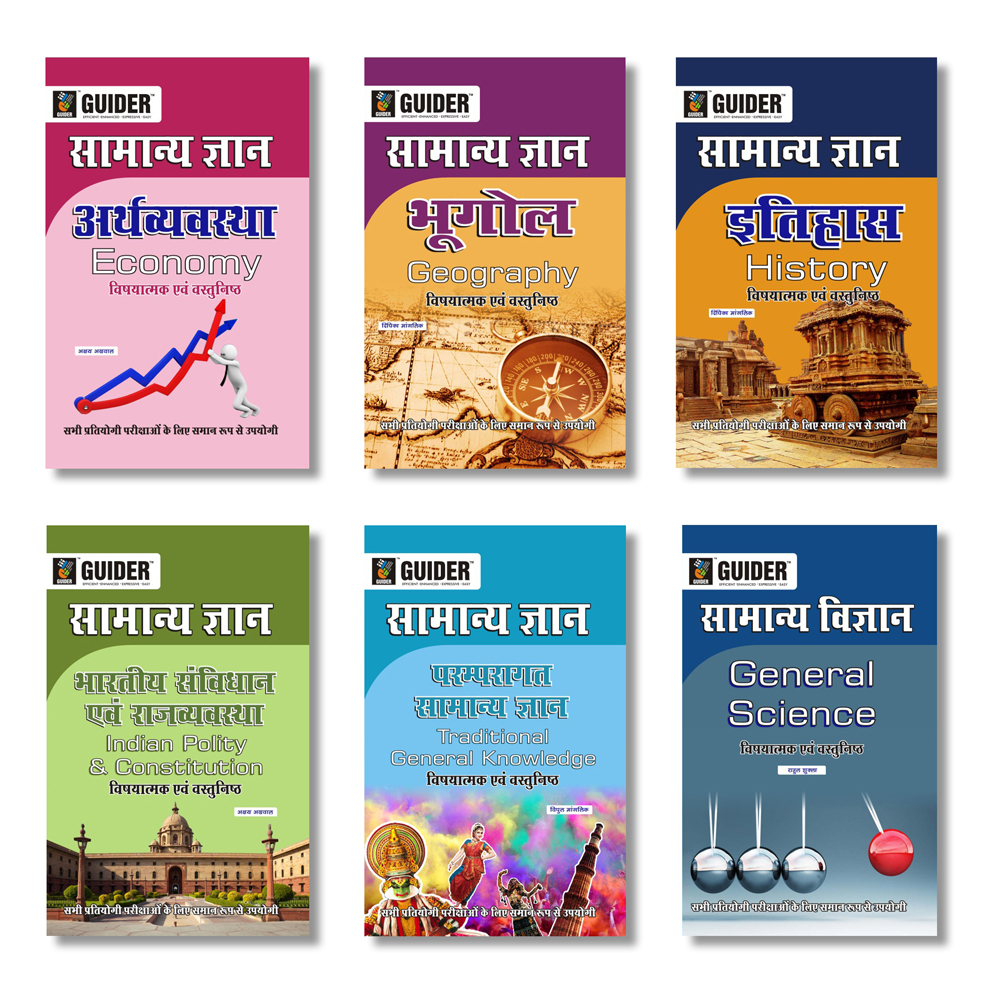

For the governance of a village, there were three important officials - Mukkaddam for administration, Patwari for collection of revenues, and Choudhrie for settling disputes with the help of the Panch.Medieval Period: During the Sultanate period, the Sultans of Delhi divided their kingdom into provinces called ‘Vilayat’.However, it is significant to note that there is no reference of women heading the panchayat or even participating as a member in the panchayat.Thus, in ancient India, there existed a well established system of local government which was run on a set pattern of traditions and customs.The system continued through the Gupta period, though there were certain changes in the nomenclature, as the district official was known as the vishya pati and the village headman was referred to as the grampati.During the Mauryan and Post-Mauryan periods too, the headman, assisted by a council of elders, continued to play a prominent role in the village life.
#Public administration by laxmikant pdf free
Local bodies were free from any royal interference. The town was referred to as Pur and its chief was the Nagarik. Ancient Period: There is a mention of village panchayats in Kautilya’s Arthashastra. They collected the local taxes and were responsible for the defense of their villages. ‘Gramik’ was the chief official of the village, ‘Dashap’ was the chief of ten villages, Vinshya Adhipati, Shat Gram Adhyaksha and Shat Gram Pati were the chiefs of 20, 100, and 1,000 villages, respectively. As per the Mahabharata, over and above the village, there were units of 10, 20, 100, and 1,000 village groups. Self-government of a village finds ample expression in the ‘Shanti Parva’ of the Mahabharata in the Manu Smriti as well as in Kautilya’s Arthashastra. In the whole of the state, there was also a Caste Panchayat and one person elected by the Caste Panchayat was a member of the king's Council of Ministers. The study of Ramayana indicates that the administration was divided into two parts - Pur and Janpad or city and village. Epic Era indicates the two great epic periods of India, that is, the Ramayana and the Mahabharata. The king used to get the approval of these bodies regarding certain functions and decisions. These were the democratic bodies at the local level. In the Rigveda, there is a mention of Sabha, Samiti and Vidatha as local self-units. Gradually the concept of the inclusion of a spiritual man in such groups vanished. Vedic Era: In the old Sanskrit scriptures, word ‘Panchayatan’ has been mentioned which means a group of five persons, including a spiritual man. The history of Panchayat Raj in India can be divided into the following periods from the analytical point of view: How did Panchayati Raj System Evolve in India? However, a lot remains to be done in order to further decentralization and strengthen democracy at the grass root level. In its present form and structure PRI has completed 26 years of existence. 

PRI was constitutionalized through the 73 rd Constitutional Amendment Act, 1992 to build democracy at the grass roots level and was entrusted with the task of rural development in the country.Local Self Government is the management of local affairs by such local bodies who have been elected by the local people.Panchayati Raj Institution (PRI) is a system of rural local self-government in India.When the panchayat raj is established, public opinion will do what violence can never do.







 0 kommentar(er)
0 kommentar(er)
